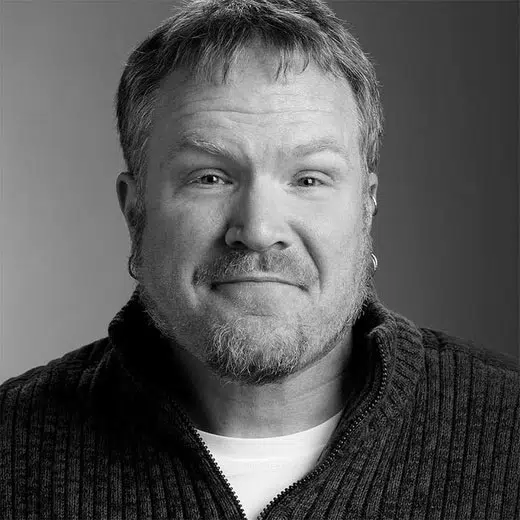By Alexander Smith
BARCELONA (Reuters) – After years of dreaming and 10 years of trying, Britain’s Ben Ainslie has achieved his aim of challenging for the America’s Cup, billed as the oldest trophy in international sport.
The 47-year-old Briton is already the most successful Olympic sailor and has had the “Auld Mug” in his sights for almost as long as he can remember.
Since battling with a back injury to win his fourth Olympic gold medal at the London Games, Ainslie’s ambition has been to “bring the Cup home” to Britain, which has never won the event since it first began off the south coast of England in 1851.
Although Ainslie has lifted the America’s Cup once already, — in 2013 when he helped achieve one of the biggest sporting comebacks ever — that was while he was part of a U.S. team.
Jimmy Spithill, who skippered Ainslie in that win and has fought it out on the water with him many times since, said he has “a lot of respect” for the Briton, who beat him this week.
“He’s one guy in my career that I absolutely love going head-to-head with, just because he’s ruthless and I love that. He’ll fight head-to-head and that’s something I really love and admire in a competitor,” Spithill said after racing on Friday.
Now, with the backing of British billionaire Jim Ratcliffe, Ainslie has built a boat with help from Formula One team Mercedes and assembled a crew that he hopes can go all the way.
Getting to that point has involved some painful decisions, including switching out his long-term lieutenant Giles Scott and replacing him as co-helm with another Olympian, Dylan Fletcher.
“I went from a 14-year-old getting my life-jacket signed by him to racing alongside him, it’s quite surreal,” said Fletcher.
“He’s obviously ruthless in the racing sense, but also very open and happy for feedback,” said Fletcher, 36, when asked what it is like to sit alongside the sailor known as the “Guv”.
Ainslie, who is married with two young children, has often stressed that winning the America’s Cup is more challenging because the cards are stacked in favour of the holders, who get to determine many of the key parameters.
But it is also a design-led competition and the fastest craft usually wins, which means money is crucial to attract the best designers, boat builders and support team.
So after falling short in Bermuda in 2017, Ainslie met INEOS boss Ratcliffe in a London pub and persuaded him to fund another tilt at the trophy, this time in Auckland in 2021.
That relationship led to the Mercedes tie-up as well as sharing expertise with others in Ratcliffe’s sporting stable, including the cyclists as the sail adjustments on the huge foiling AC75s are powered by hydraulics pumped by “cyclors”.
These boats are a far cry from the Optimist dinghy Ainslie began sailing as a child and the Laser and then Finn classes in which he won four gold medals and one silver at the Olympics.
The boat that Ainslie has developed this time round has already notched up the fastest speed for its class, this week hitting 56 knots during a race against Italy.
For Paul Strzelecki, who has known Ainslie since he was 16, the qualities he showed then have not changed.
“He’s just got this incredible determination, focus like nothing you’ve ever seen. He has this look in his eyes at times, he’s so focused,” Strzelecki, the former owner of clothing brand Henri-Lloyd which was a long-term Ainslie sponsor, told Reuters.
“He just never gives up,” said Strzelecki, now a consultant and still friends with Ainslie, who he described as “one of the greatest sailors we’ve ever had”.
All that grit is now going to be needed to take on New Zealand, after winning the right to challenge them.
“I’m happy for him to see all that hard work pay off, because he’s one of those amazing competitors that you’re kind of fortunate to go against,” said Spithill, who admitted he will now be rooting for the British to win.
(Reporting by Alexander Smith; editing by Pritha Sarkar)






Comments